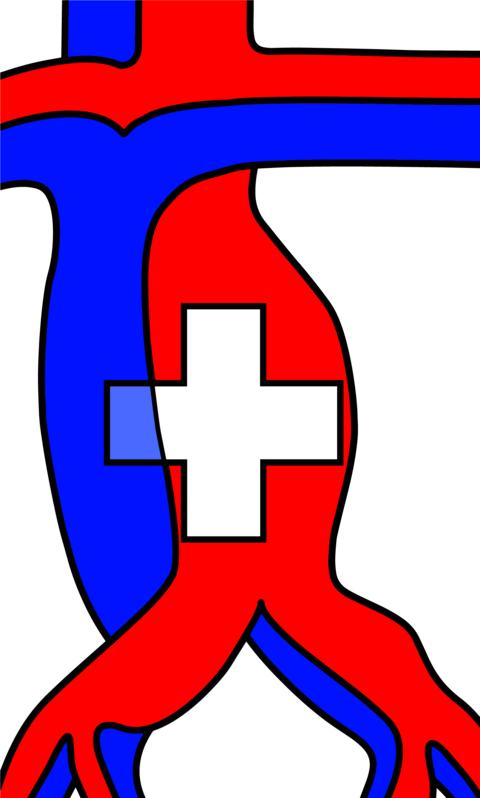
a publication of the Swiss College of Surgeons
Autoren
Möchten Sie auch Autor werden?
A
B
C
D
E
F
G
H
I
J
K
L
M
N
O
P
Q
R
S
T
U
V
W
Z
v





